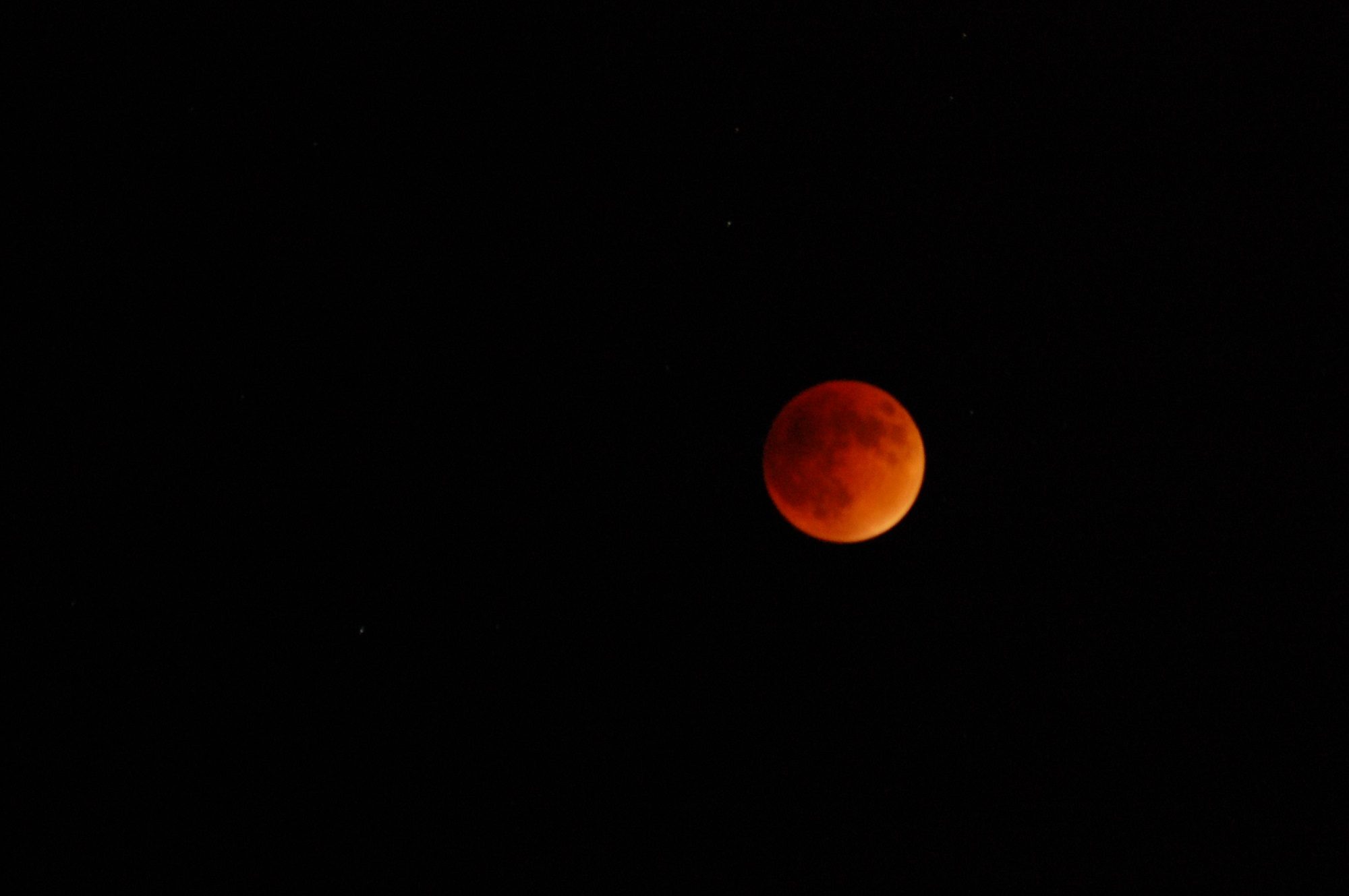Remote sensing is the process of collecting and analyzing information about the Earth’s surface without physically being present. Remote sensing technology involves the use of sensors and cameras mounted on satellites, aircraft, or drones to capture data and images of the Earth’s surface.
Agriculture is one of the areas that can greatly benefit from remote sensing technology. With the increasing demand for food production to feed a growing global population, it has become necessary to optimize agricultural practices to increase yield, reduce costs, and minimize environmental impact.
Remote sensing can help farmers, agricultural experts, and policymakers to better understand crop conditions, predict crop yields, and monitor land use changes. Here are some of the ways remote sensing is being used in agriculture:
Crop Mapping
Remote sensing can be used to map crops and estimate their distribution and density. This information is useful in assessing crop health, predicting yields, and identifying areas where crops are not growing well. Crop mapping is done by analyzing the spectral signature of crops, which refers to the unique pattern of reflected and absorbed light that different crops have.
Crop Health
Monitoring Remote sensing can also be used to monitor the health of crops by analyzing their spectral signature. By comparing the spectral signature of a healthy crop to that of a stressed crop, experts can identify areas where the crop is not growing well, and take corrective measures. This information can also be used to optimize irrigation, fertilization, and pest management practices.
Soil Moisture
Monitoring Remote sensing technology can be used to monitor soil moisture, which is important for crop growth. By analyzing satellite images, experts can estimate the amount of moisture in the soil, and this information can be used to optimize irrigation practices.
Yield Estimation
Remote sensing can be used to predict crop yields by analyzing crop density and health. By comparing the spectral signature of a crop to a library of spectral signatures of known crops, experts can estimate the yield of a particular crop. Yield estimation can help farmers plan for harvest, optimize storage, and plan for future growing seasons.
Land Use Changes
Remote sensing technology can also be used to monitor land use changes. By analyzing satellite images over time, experts can identify areas where there has been a change in land use, such as the conversion of forested land to agricultural land or the expansion of urban areas. This information is useful for policymakers and conservationists who want to understand the impact of human activities on the environment.
Precision Farming
Precision farming is a farming practice that involves using technology to optimize agricultural practices, such as fertilization, irrigation, and pest management, to increase yields and reduce costs. Remote sensing technology is a key component of precision farming, as it can provide farmers with the data they need to make informed decisions about agricultural practices.
For example, by analyzing satellite images, farmers can identify areas of their fields where crops are not growing well, and take corrective measures, such as applying fertilizer or adjusting irrigation. This can help to increase yields and reduce costs by optimizing the use of resources.
Challenges of Remote Sensing in Agriculture
While remote sensing technology has many benefits for agriculture, there are also some challenges that need to be addressed. Some of these challenges include:
Data Interpretation: Remote sensing data is complex and requires specialized expertise to interpret. Agricultural experts and farmers may not have the training or resources to analyze the data effectively, which can limit the usefulness of remote sensing technology.
Data Availability: Remote sensing data is often expensive and may not be readily available to farmers and agricultural experts in developing countries. This can limit the ability of these countries to benefit from remote sensing technology.
Technical Infrastructure: Remote sensing technology requires advanced technical infrastructure, such as satellites and sensors, to collect and analyze data. Developing countries may not have the resources to invest in this infrastructure, which can limit their ability to benefit from remote sensing technology.
